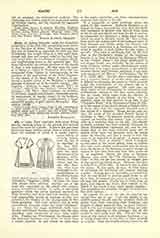

Alatri, an Italian bishopric under the immediate jurisdiction of the Holy See, comprising seven towns in the Province of Rome. The close proximity of this city to Rome is an argument for believing that Christianity was taught there at a very early date, though this does not compel belief in the local legends which place the conversion of Ferentino, Alatri, and neighboring towns in the apostolic age. The route followed by the earliest preachers of the Gospel in Italy is still unknown. We first meet the name of a bishop of Alatri in Paschasius (551) who accompanied Pope Vigilius to Constantinople on the occasion of the controversy of the Three Chapters. In the church of St. Mary Major in Alatri, is preserved a wooden statue of the Madonna, a splendid example of Roman art of the twelfth century. (See Fogolari, “Sculture in legno del secolo XII”, in “L’Art”, 1903, I, IV; also Venturi, “Storia dell ‘arte Italiana”, III, 382.) Alatri contains 16 parishes; 77 churches, chapels, and oratories; 64 secular priests, 52 seminarians; 42 regular clergy; 31 lay brothers; 81 religious (women); 30 confraternities; 1 boys’ school (87 pupils); 3 girls’ schools (30 pupils). Population, 24,000.
ERNESTO BUONAIUTI

